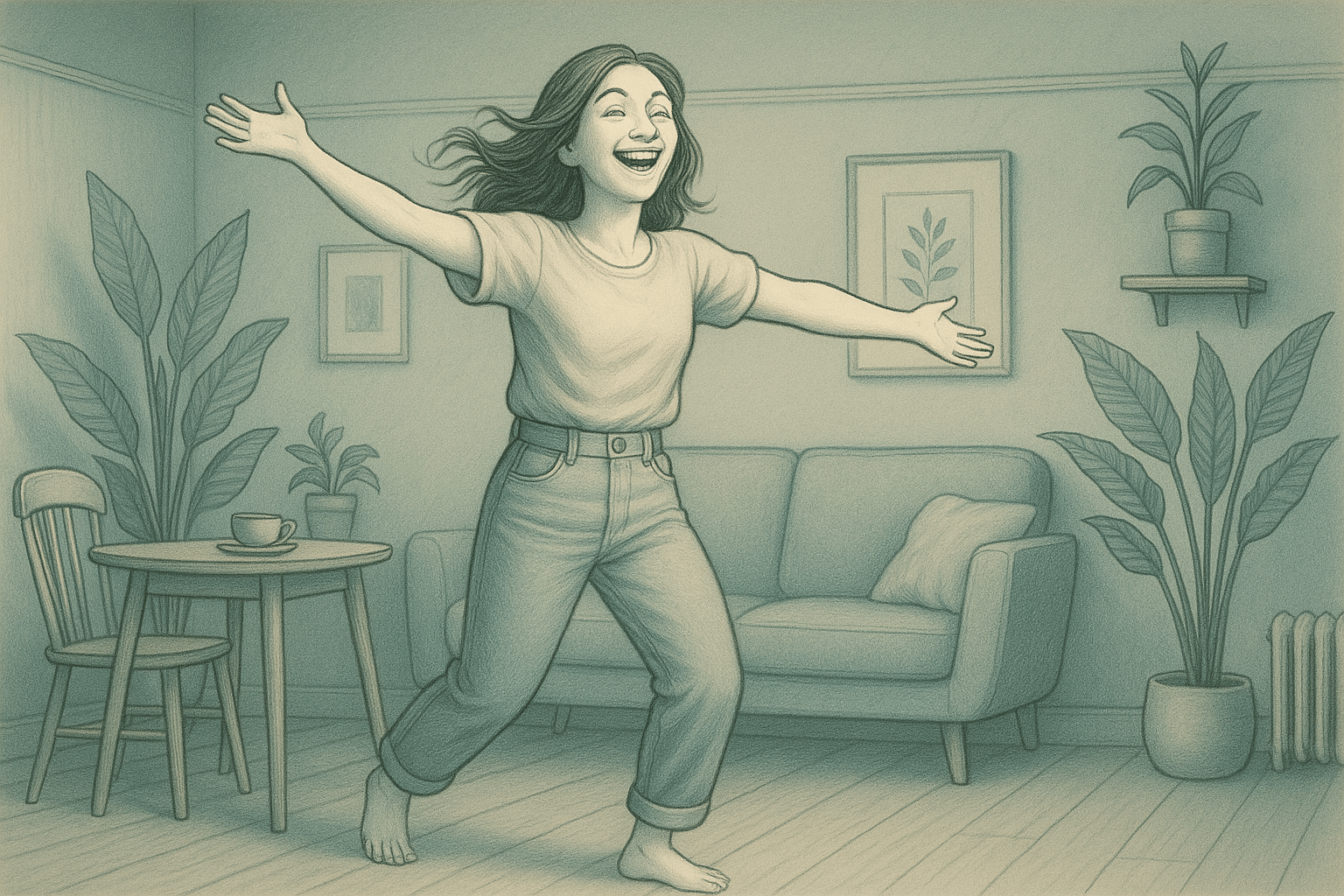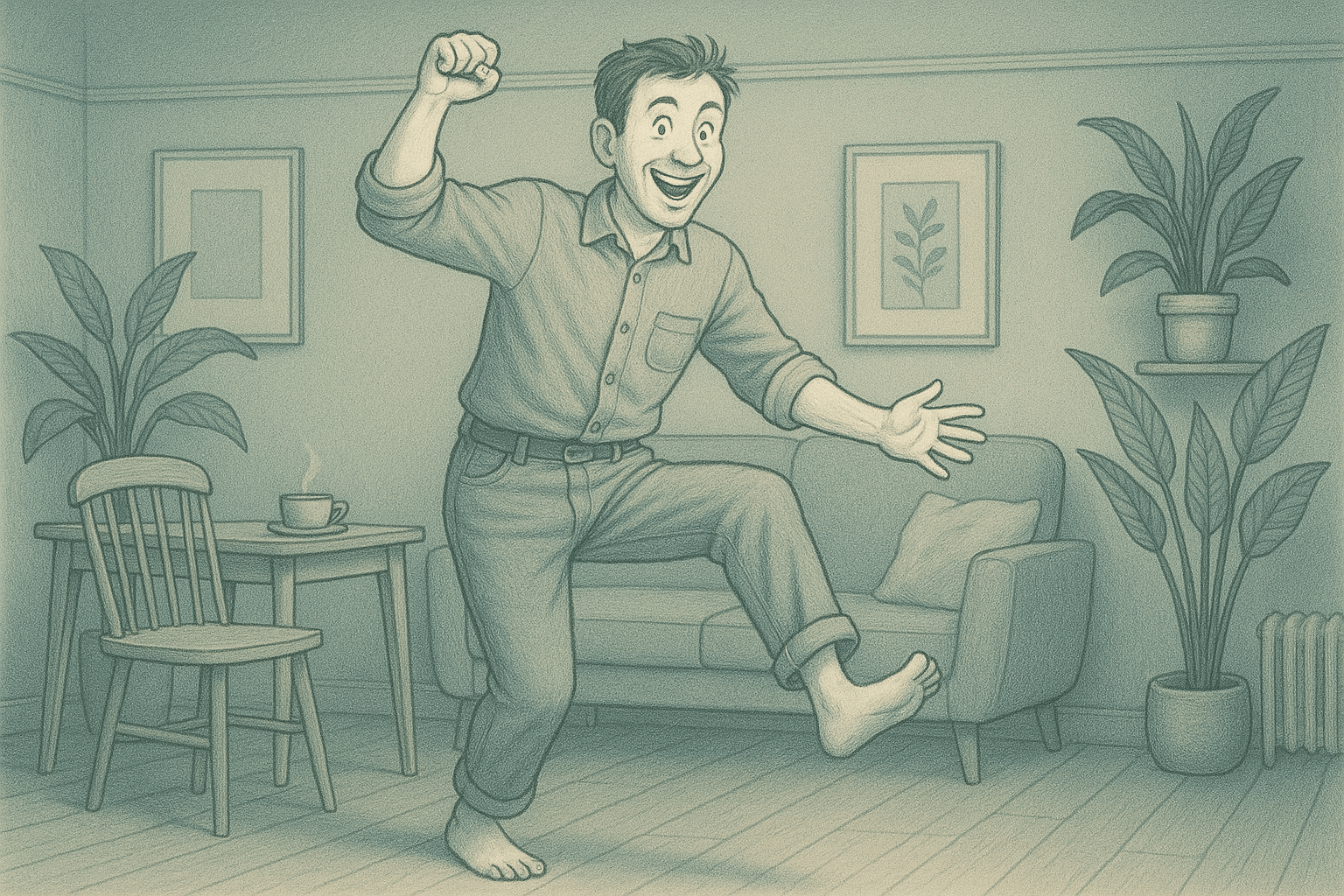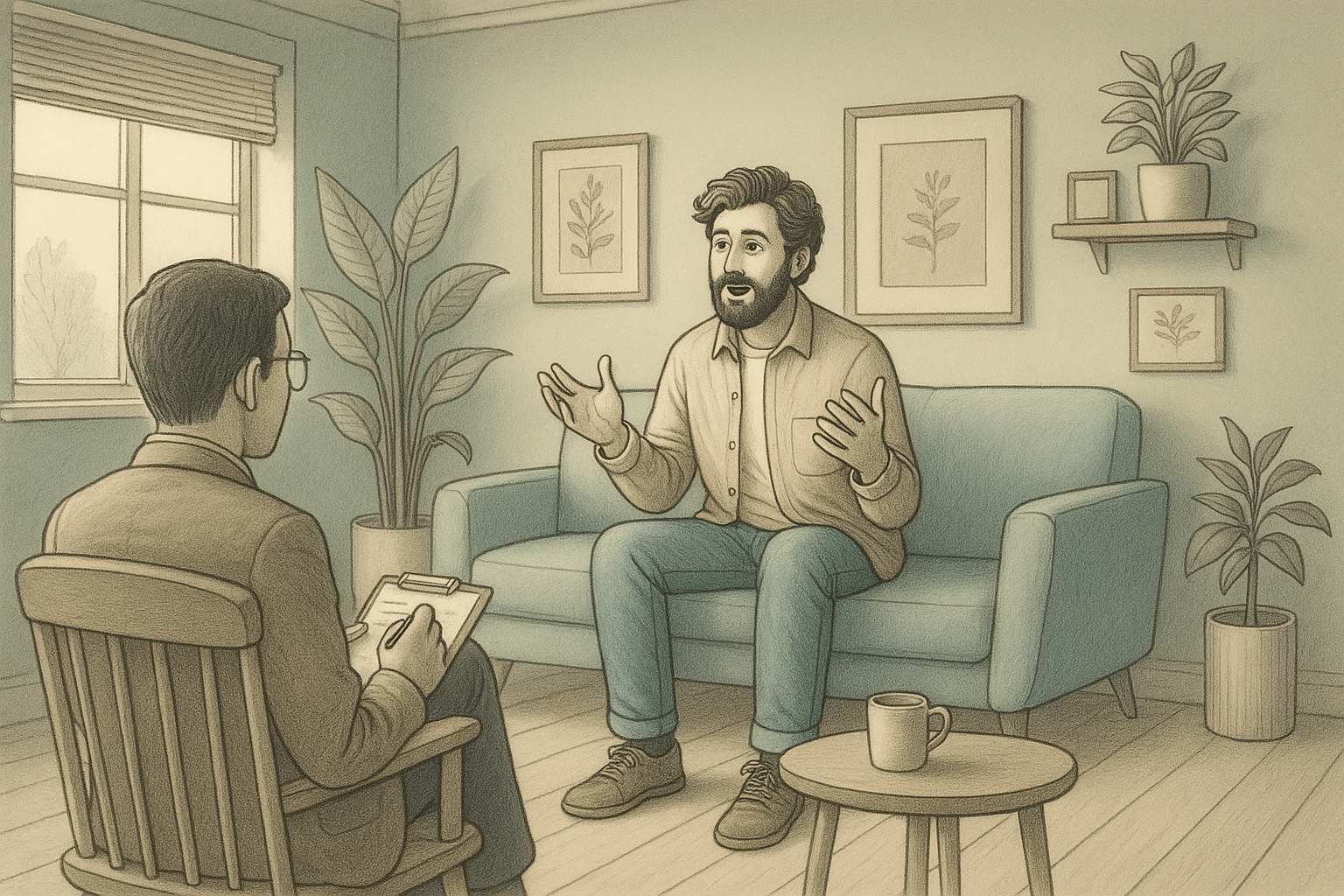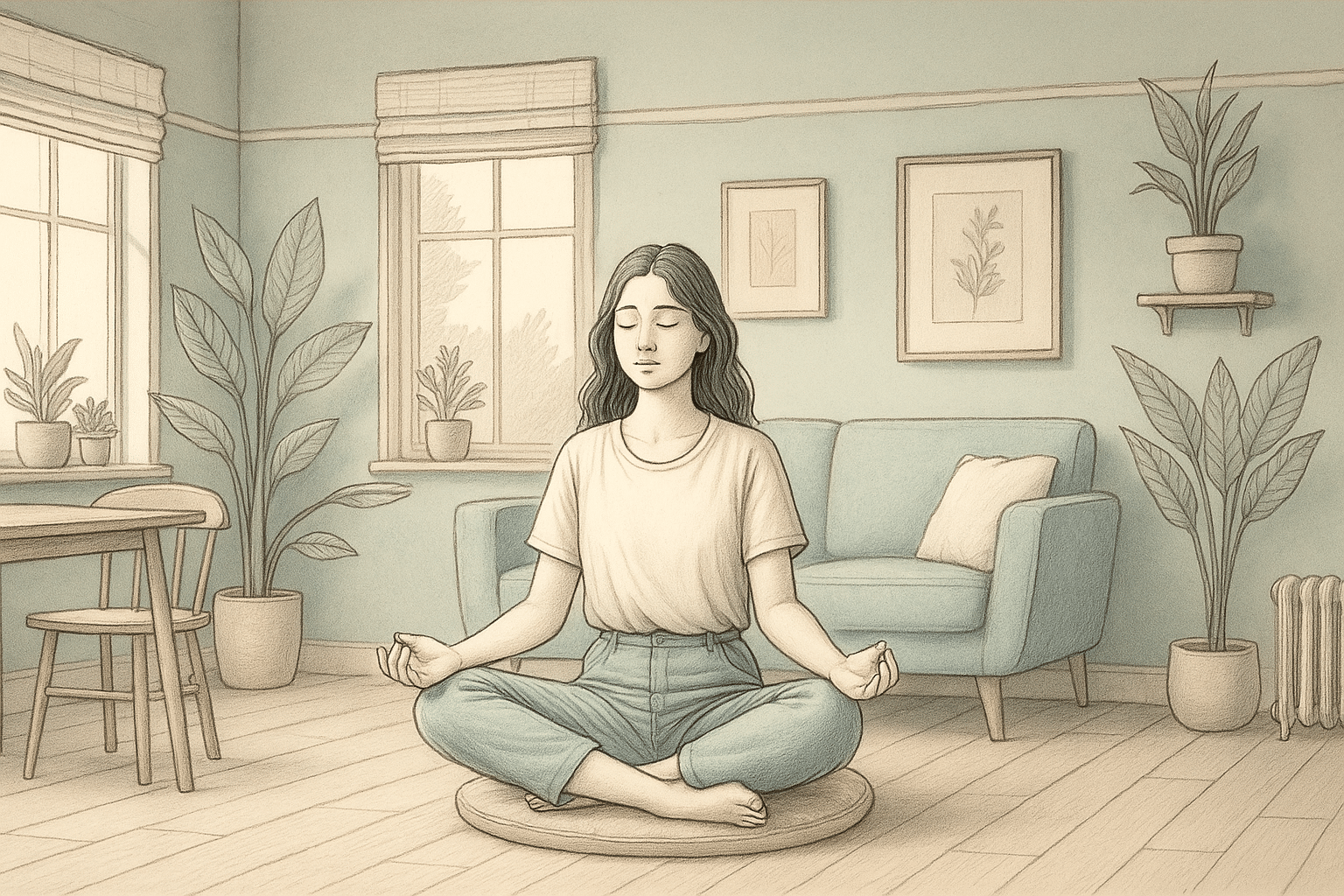Key Takeaways
- Euphoria and mania are different states; euphoria is a symptom of mania but not always present.
- Euphoria often feels like intense happiness, while mania includes disruptive behaviors.
- Triggers for euphoria can include positive events, whereas mania may not need an external trigger.
- Recognizing the signs of each can help in seeking appropriate treatment.
- A Mission For Michael (AMFM) offers comprehensive treatment for mania across multiple facilities with multidisciplinary teams of clinicians that create personalized care plans addressing all aspects of the condition.
Introduction to Euphoria and Mania
Understanding the difference between euphoria and mania is essential for anyone managing mental health challenges. These two states, while related, are not identical. Euphoria is often characterized by an intense feeling of happiness or well-being, while mania involves a broader range of symptoms, including hyperactivity, impulsivity, and sometimes irritability. Recognizing these distinctions can be crucial for managing symptoms effectively.
Initial Symptoms and Indicators
Recognizing the early signs of euphoria and mania can be challenging, especially since they can sometimes feel similar. However, there are key indicators that can help differentiate between the two. Euphoria often presents as an overwhelming sense of joy or contentment. In contrast, mania might start with increased energy levels, reduced need for sleep, and rapid speech.
This distinction is vital because while euphoria can be a part of mania, not everyone experiencing mania will feel euphoric. Understanding these details helps in identifying the appropriate intervention needed.
| A Mission For Michael: Expert Mental Health Care Founded in 2010, A Mission For Michael (AMFM) offers specialized mental health care across Southern California, Minnesota, and Virginia. Our accredited facilities provide residential and outpatient programs, utilizing evidence-based therapies such as CBT, DBT, and EMDR. Our dedicated team of licensed professionals ensures every client receives the best care possible, supported by accreditations from The Joint Commission and the California Department of Health Care Services. We are committed to safety and personalized treatment plans. Start your recovery journey with AMFM today! |
Recognizing Euphoria

Euphoria causes individuals to feel intensely happy, often without a clear reason.
Common Triggers
Euphoria can be triggered by various factors, often linked to positive events or achievements. These might include receiving good news, achieving a personal goal, or even engaging in enjoyable activities. However, euphoria can also occur spontaneously, without any apparent external trigger.
Understanding these triggers is important because it helps in predicting when euphoria might occur and preparing for it.
Signs of Euphoria
Identifying euphoria involves observing specific signs. These can include:
- Excessive optimism and confidence
- Decreased awareness of potential risks or consequences
- Heightened creativity and productivity
- Increased sociability and talkativeness
These signs can be positive in moderation but may require attention if they become overwhelming or lead to risky behavior.
Duration and Frequency
Euphoria is generally transient, lasting from a few minutes to several hours. It is often tied to the presence of a specific trigger, dissipating once the trigger is removed. Because of this, euphoria tends to be episodic rather than continuous.
By contrast, mania can persist for weeks or even longer if left untreated. Recognizing the duration and frequency of these experiences is key in distinguishing between a fleeting moment of euphoria and a more serious manic episode.
Identifying Mania

Manic episodes are characterized by distinct behavioral changes that represent a marked change from an individual’s baseline behavior.
Behavioral Changes
People experiencing mania typically exhibit an abnormally elevated, expansive, or irritable mood accompanied by increased goal-directed activity. This often manifests as extreme sociability, where they may become unusually outgoing, talkative, or intrusive in social interactions, sometimes approaching strangers without hesitation.
Another notable behavioral change is grandiosity, or an inflated sense of self-importance or belief in having special powers or abilities. This might lead to engaging in ambitious projects without realistic planning or consideration of limitations.
These behavioral changes significantly disrupt normal functioning across work, social relationships, and self-care routines, often requiring intervention to prevent serious consequences to the individual’s health, safety, and overall well-being.
Physical Symptoms of Mania
Mania is often characterized by a variety of physical symptoms such as an increase in energy levels, leading to hyperactivity or restlessness. Individuals experiencing mania might also find themselves speaking rapidly, unable to slow down or interrupt their train of thought. This can be accompanied by a decreased need for sleep, where a person feels rested with only a few hours of sleep.
Another physical symptom of mania is the increase in impulsive behaviors. This can manifest as reckless spending, engaging in risky activities, or making decisions without considering the consequences. These symptoms are not just emotionally draining but can also have a significant impact on one’s physical health and well-being.
Impact on Daily Life
Individuals experiencing mania might find it difficult to maintain regular routines or responsibilities. The increased energy and impulsivity can lead to disruptions in work or school performance, strained relationships, and even legal or financial troubles due to impulsive actions.
Also, the lack of sleep and constant activity can take a toll on physical health, leading to exhaustion and a weakened immune system. Recognize these impacts early on to mitigate potential negative outcomes and seek appropriate support and intervention.
Comparative Analysis of Euphoria vs Mania
Common Misconceptions
One common misconception is that euphoria and mania are interchangeable terms. However, this is not the case. While euphoria is a symptom that can occur during a manic episode, it does not encompass the full spectrum of mania. Mania involves a broader range of symptoms, including irritability, impulsivity, and sometimes psychosis.
Another misconception is that euphoria is always a positive experience. While it may feel good initially, it can lead to poor decision-making and risky behaviors if not managed properly. Approach these feelings with caution and awareness.
Key Emotional Differences
Euphoria often feels like an emotional high, a peak of happiness that can make everything seem perfect. Note that this feeling is usually disproportionate to the actual circumstances. On the other hand, mania encompasses a range of emotions that can include euphoria, irritability, and agitation.
During a manic episode, the emotional experience can be more volatile. While euphoria might still be present, it can quickly shift to frustration or anger. This emotional instability is a hallmark of mania, distinguishing it from the more singular emotional experience of euphoria.
Overlap and Blurred Lines
Despite their differences, euphoria and mania can sometimes overlap, making it challenging to distinguish between the two. For example, someone in a manic episode might experience periods of euphoria, but this can quickly shift to irritability or anger. The blurred lines between these states can complicate diagnosis and treatment, emphasizing the need for careful monitoring and professional guidance.
Coping Strategies and Management
When to Seek Help

Managing euphoria and mania involves a combination of self-awareness and professional support.
Seek professional help if you or someone you know is experiencing symptoms of mania or euphoria that disrupt daily life. A mental health professional can provide a comprehensive assessment and develop a treatment plan for your individual needs.
Early intervention can prevent symptoms from worsening and improve overall quality of life.
Therapeutic Approaches
Various therapeutic approaches can be effective in managing euphoria and mania. Cognitive Behavioral Therapy (CBT) is commonly used to help individuals identify and change negative thought patterns and behaviors. Medication may also be prescribed to stabilize mood and reduce symptoms.
In addition to therapy and medication, support groups can offer valuable peer support and shared experiences. Connecting with others who understand what you’re going through can provide comfort and encouragement on the path to recovery.
Lifestyle Adjustments

Making lifestyle adjustments can help create a more stable environment, reducing the likelihood of triggering episodes.
First, maintain a consistent daily routine. This includes regular sleep patterns, meal times, and exercise schedules. Consistency helps regulate the body’s internal clock and can mitigate mood fluctuations.
Another key adjustment is stress management. Techniques such as mindfulness, meditation, yoga, or deep-breathing exercises can help reduce stress levels. Engaging in hobbies or activities that bring joy and relaxation can also be beneficial. Recognize personal limits and avoid overcommitment, which can lead to stress and trigger symptoms.
Why Choose AMFM for Euphoria and Mania Treatment

Choose AMFM for proper treatment.
Our specialized treatment centers across California, Virginia, and Washington at AMFM offer comprehensive care for individuals experiencing euphoria or mania.
Our multidisciplinary team provides personalized treatment plans that address not just the symptoms but the underlying causes through evidence-based therapies, medication management, and supportive interventions.
Unlike generalized mental health services, AMFM’s approach to mania is holistic and customized, recognizing that each person’s experience is unique. If you or a loved one is struggling with episodes of euphoria or mania that disrupt normal life, don’t wait for symptoms to escalate.
Contact AMFM at 866-478-4383 for a confidential assessment and begin your journey toward stability and recovery with experts who truly understand these complex conditions.
Frequently Asked Questions (FAQs)
What triggers euphoria?
Euphoria can be triggered by positive events, such as achieving a personal goal, receiving good news, or engaging in enjoyable activities. However, it can also occur spontaneously, without any clear external trigger. Recognizing these triggers can help in managing and anticipating episodes of euphoria.
How long does mania last?
The duration of a manic episode can vary widely from person to person. Generally, mania can last anywhere from a few days to several weeks. The length of an episode can be influenced by factors such as stress levels, sleep patterns, and treatment adherence.
Can euphoria lead to mania?
Euphoria itself is a symptom of mania, but it can sometimes precede or escalate into a full manic episode. Monitoring euphoria, especially if it becomes intense or prolonged, is important for preventing it from developing into mania.
Are these states treatable?
Yes, both euphoria and mania are treatable with a combination of therapy, medication, and lifestyle adjustments. Treatment plans should be designed for the individual’s specific needs and symptoms, emphasizing early intervention and ongoing management.
Can someone experience both euphoria and mania simultaneously?
Yes, euphoria can be a component of mania, but understand the relationship correctly. Euphoria is a symptom that may occur during a manic episode; however, not everyone experiencing mania will feel euphoric. At AMFM, we recognize this complex relationship and assess for the full spectrum of potential mood states during manic episodes. Our treatment approaches address both the euphoric aspects when present and the broader behavioral, cognitive, and physical symptoms that define mania, creating comprehensive care plans that address each individual’s specific experience of these conditions.












